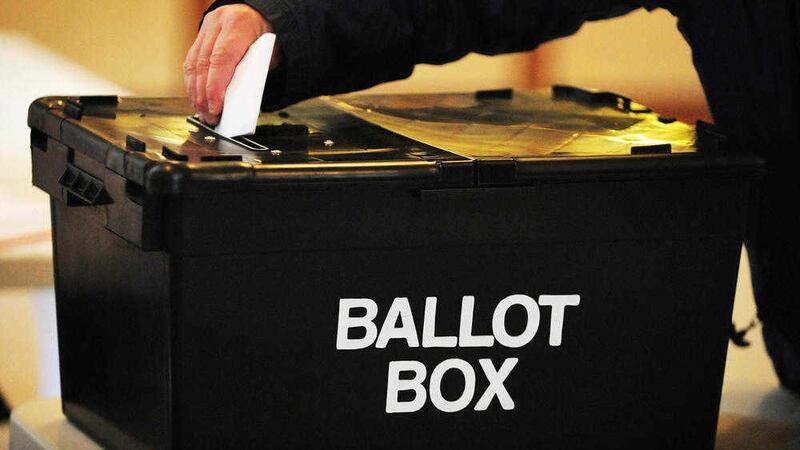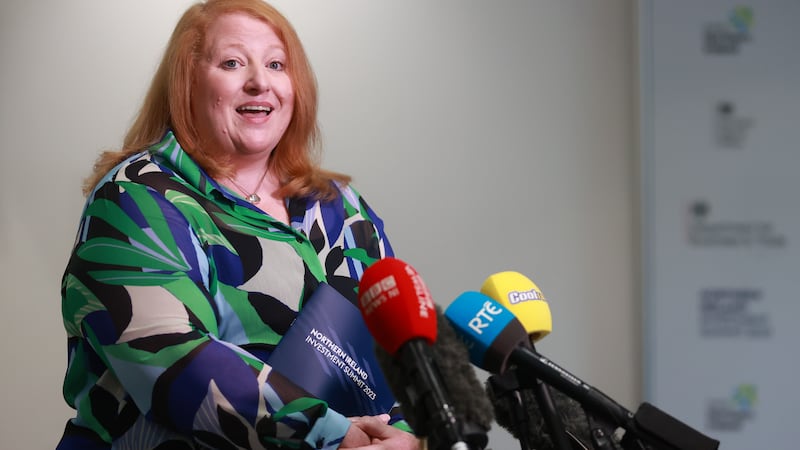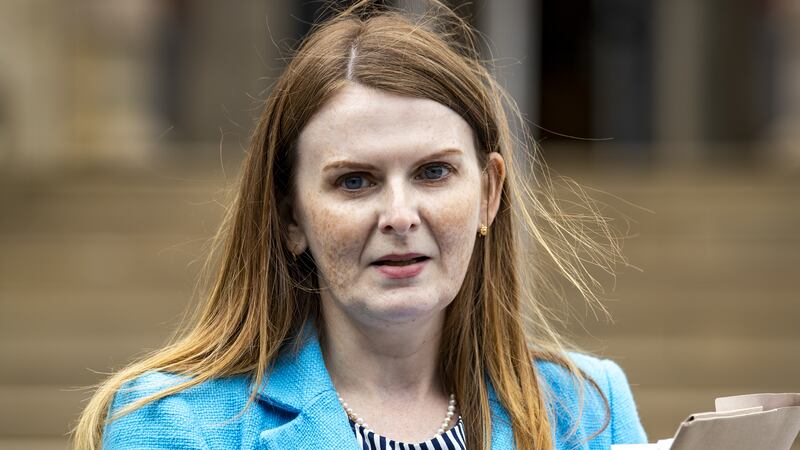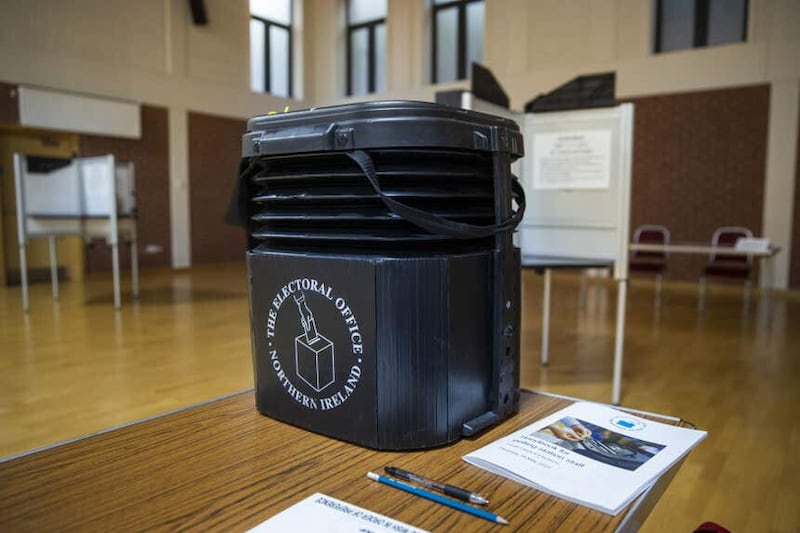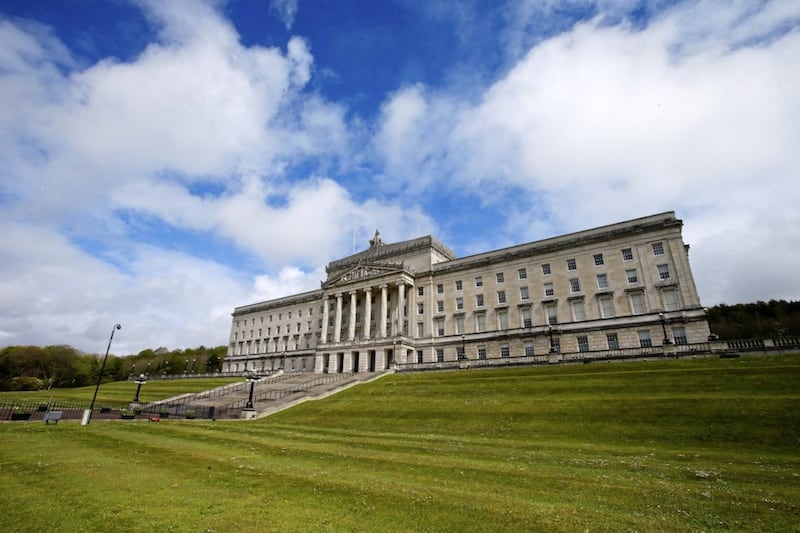THERE is no doubt that what's being proposed by the Boundary Commission is significant.
Given its remit, which sought to make all parliamentary constituencies across Britain and the north roughly the same size in terms of voter numbers, it was inevitable there would be major upheaval.
Stormont's parties have reacted cautiously to the proposals, largely because their full implications are hard to fathom at this early stage.
If accepted, the plans would see the number of Westminster seats reduced by one to 17 and potentially the number of MLAs cut by nearly a quarter – but that's only half the story.
Big names and well-known seats will be lost if the plans are adopted.
For instance, South Belfast, where a split unionist vote has seen the SDLP take the seat on the last three occasions, will be subsumed into the new constituency of South West Belfast and an expanded East Belfast.
Alasdair McDonnell's prospects of retaining the seat at the next Westminster election were already slim but under the commission's proposals they are zero.
Elsewhere, on paper it looks like west of the Bann is losing out to eastern counties with the ditching of Mid Ulster and the creation of a new West Antrim constituency.
The Boundary Commission insists that it is crude to see the proposals in east-west terms, pointing to the new constituency of Upper Bann and Blackwater, which stretches from the eastern shores of Lough Neagh to Dungannon and southwards to the border.
However, if you were sitting Mid Ulster MP Francie Molloy, who last year secured the Westminster seat with a 13,600 majority, you may view the new boundaries less benignly.
The provisional plan takes local allegiances and transport links into account and before being finalised ahead of the 2020 Westminster election there's likely to be extensive tweaking.
However, while the Boundary Commission says it doesn't take political considerations into account when mapping new constituencies, the wider ramifications of any changes will be closely examined.
Looking at how the new boundaries have been drawn, it seems likely that the political equilibrium will be maintained.
When the consultation is concluded and the overhaul complete, the north's political patchwork may be radically redesigned but it is unlikely to signal any significant change in who represents us.
